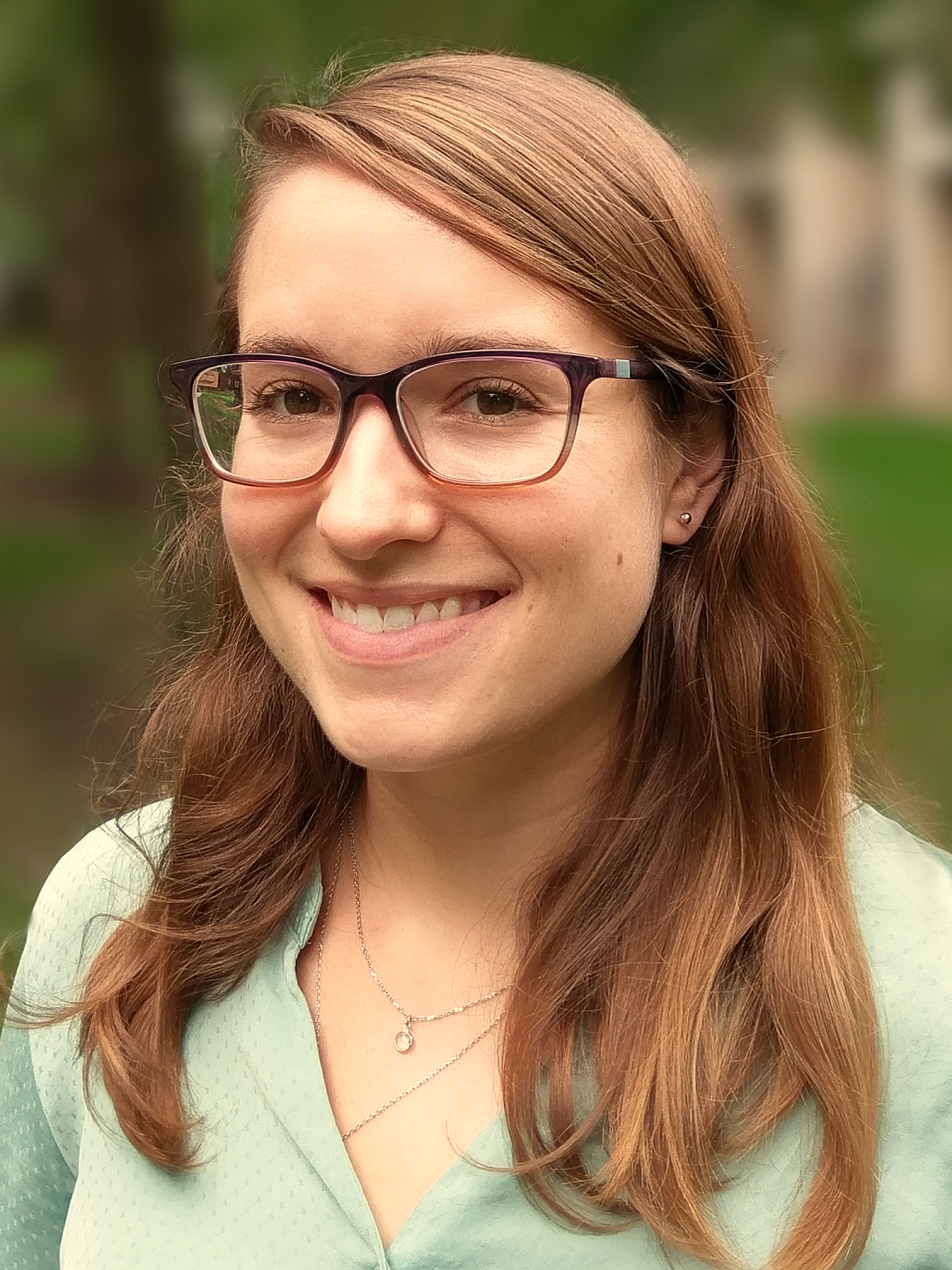
Education History
| Postdoctoral Fellowship |
Department of Chemistry, Princeton University |
NIH NRSA Postdoctoral Fellow, Mentor: Tom Muir |
|---|---|---|
| Doctoral Training |
University of Texas at Austin |
PhD, Chemistry, Mentor: Eric Anslyn |
| Undergraduate |
University of North Carolina, Chapel Hill |
BS, Chemistry |
Selected Publications
Journal Article
-
Ge, E. J., Jani, K. S., Diehl, K. L., Müller, M. M., Muir. T. W. Nucleation and propagation of heterochromatin by the histone methyltransferase PRC2: geometric constraints and impact of the regulatory subunit JARID2. J. Am. Chem. Soc. Accepted: https://doi.org/10.1021/jacs.9b02321.
-
Jain, S. U., Do, T. J., Lund, P. L., Rashoff, A. Q., Diehl, K. L., Cieslik, S., Bajic, A., Juretic, A., Deshmukh, S., Venneti, S., Muir, T. W., Garcia, B. A., Jabado, N., Lewis, P. W. PFA ependymoma-associated protein EZHIP inhibits PRC2 activity through a H3 K27M-like mechanism. Nat. Commun. 10, 2146 (2019).
-
Jani, K. S., Jain, S. U., Ge, E. J., Diehl, K. L., Lundgren, S. M., Müller, M. M., Lewis, P. W., Muir, T. W. Histone H3 tail binds a unique sensing pocket in EZH2 to activate the PRC2 methyltransferase. Proc. Nat. Acad. Sci. 116, 8295-8300 (2019).